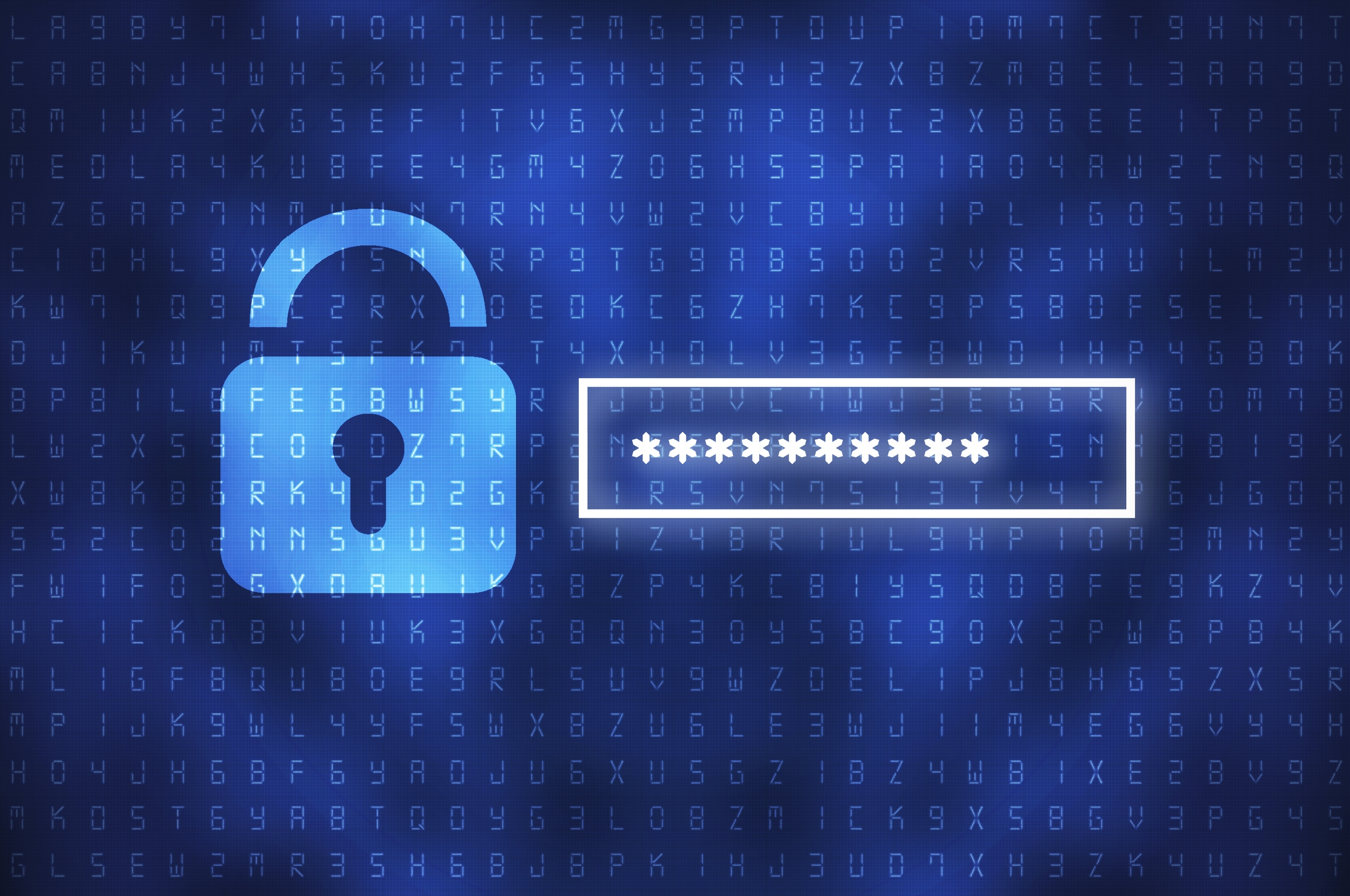Passwords
This first part will define passwords, explain their origin as well as their evolution over the years, and give instructions on how to better use and protect them.
Definition and Context

Password
Word used to gain access to certain information or to a certain location.
(Computer science) Alphanumeric code or phrase, means of authentication, which must be given to access a protected place or to use a resource or service to which access is limited and protected.
Definition: The French Language
A password is a word, phrase, or string of characters intended to differentiate an authorized user or process (for the purpose of allowing access) from an unauthorized user. In other words, a password is used to prove a person's identity or to authorize access to a resource.
History has shown the usefulness of passwords over time but it has also demonstrated the impact of passwords being broken/discovered and also that the evolution of technologies makes it easier to access passwords. which in the past were judged as "solid".
Last updated